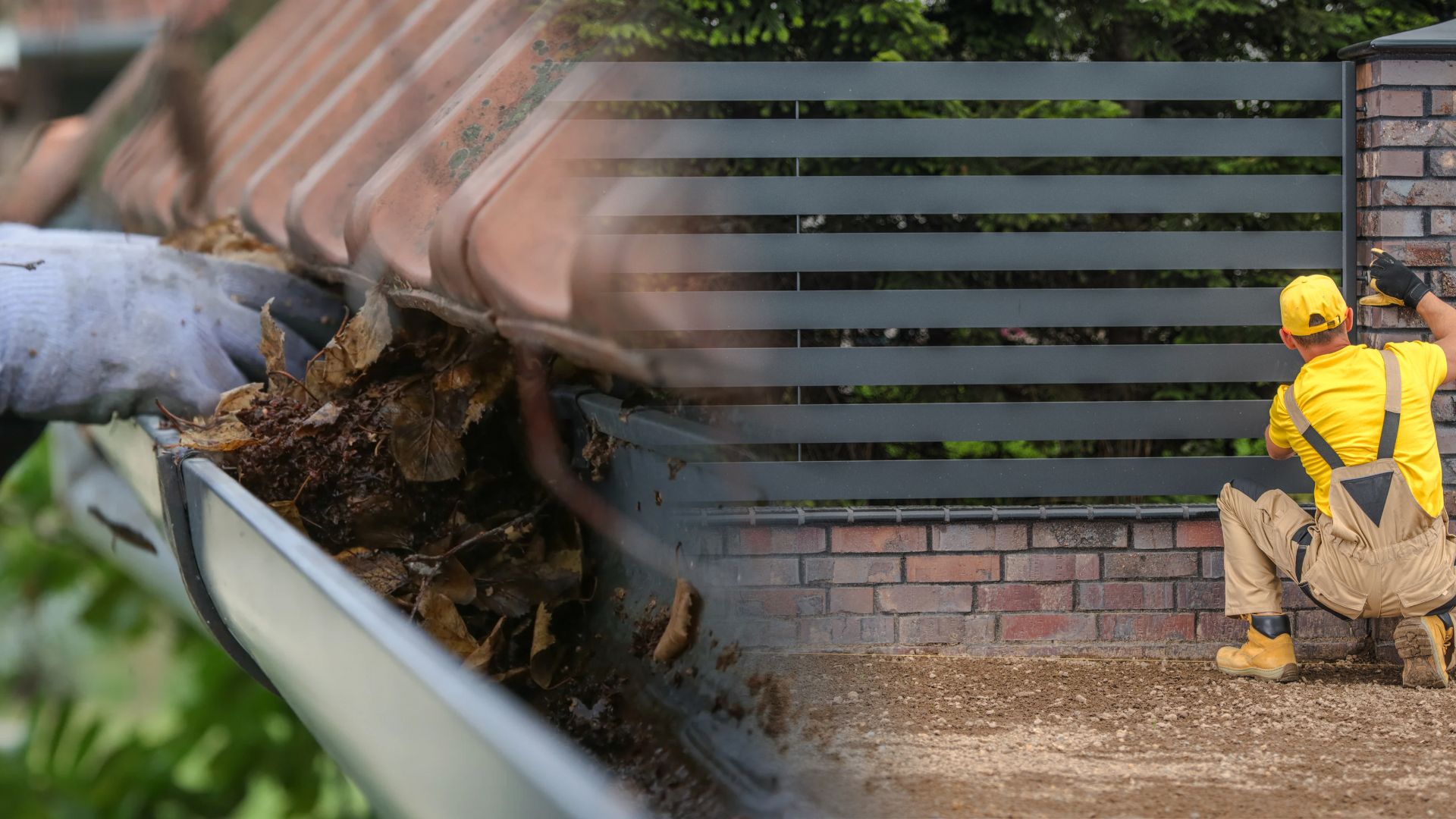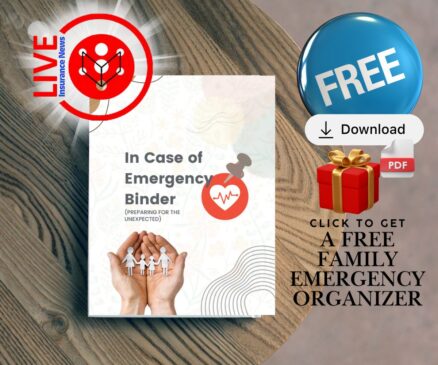Idaho’s ‘Home Hardening’ Initiative Tackles Wildfire Risk and Insurance Challenges
Idaho homeowners are feeling the heat, and not just from soaring summer temperatures. With an increasing number of wildfires blazing across the region, insurers are pulling out. By 2025, nearly 25 of the 91 insurance carriers operating in the state had left, citing wildfire risks as the main culprit. And for those that remain, stricter underwriting practices mean higher premiums or outright refusals to renew coverage.
Dean Cameron, director of the Idaho Department of Insurance (DOI), puts it bluntly, “Insurance companies rate based on the risks they see. If your property screams ‘high-risk wildfire zone,’ it’s a tough sell.” Yet, Idaho homeowners can’t afford to be left without coverage. The state’s response? A community-driven “home hardening” strategy to make properties more resilient against fires, aiming to keep premiums manageable and insurers invested.
What Exactly Is “Home Hardening”?
Think of home hardening as putting your house on a risk-reduction fitness plan. The idea revolves around improving a home’s fire resistance through practical measures. Tasks as simple as cleaning leaves out of gutters take on renewed importance, as do replacing wooden fences with metal versions or installing screens over vents to block ember intrusion. More advanced measures include creating defensible buffers of green space around the home.
This isn’t a particularly glamorous checklist, but its importance cannot be overstated. Statistics from CAL FIRE illustrate that homes built or retrofitted according to wildfire mitigation standards are far more likely to survive a blaze.
The concept is gaining traction nationally, with Idaho looking to states like California for direction, where similar measures are already codified. However, Idaho is notably adapting these practices in a grassroots-friendly format, eschewing statewide mandates for community partnerships and incremental, voluntary changes.
How Home Hardening Affects Insurance Coverage
Cameron underscores a crucial point: reducing risks can make you more attractive to insurers. For homeowners who invest in hardening, insurers are more likely to offer coverage at reasonable rates. Programs like Ember Safe, created by two Idaho firefighters, give homeowners a path to demonstrate diligence. Home inspections result in hardening recommendations; when completed, a certificate of fire resilience is issued to present to insurance companies.
Zach Mason, one of Ember Safe’s co-founders, highlights the impact of this simple certification process. “Some homeowners have regained full coverage because of it,” he notes. While not an ironclad guarantee, certification positions a home as less financially risky to insure.
Still, it’s not all roses. Obtaining the necessary funds for comprehensive modifications remains a challenge. Recognizing this, Idaho’s DOI is pursuing legislation for grant programs to help offset the cost of home-hardening improvements.
The Ripple Effect of Wildfire Risk Mitigation
Admittedly, Idaho isn’t the first state to encounter wildfire-induced insurance turmoil. But it is learning from others. Take Florida, for instance, which established a similar grant-driven mitigation pool to tackle hurricane damages. By creating a dedicated fund, Florida offers homeowners financial support for strengthening roofs or fortifying windows, effectively stabilizing a once-volatile coastal insurance market.
This Southeastern model is referenced directly in Idaho’s proposed legislation, which similarly aims to streamline mitigation funding. Whether through grants, tax reallocations (such as revenue collected from premium taxes), or partnerships with private organizations, Idaho plans to thread multiple funding streams into a cohesive risk management approach.
Meanwhile, states like California have leaned on public safety education campaigns and mandatory fire-resistant construction standards in areas with high fire watchfulness. Oregon also recently introduced stricter state-wide defense zone requirements. These states demonstrate that government-supported mitigation initiatives can have striking results when paired with local compliance.
Why ‘Home Hardening’ Matters Beyond Wildfires
Idaho’s initiative is more than a solution for the insurance crisis; it’s a philosophy of preparedness that extends to other risks. Think of hurricanes battering the Gulf Coast, tornado-prone regions bracing for storms, or even urban areas managing flood risks. Concepts like defensible space, hazard-resistant materials, and community-based inspection programs can be adapted to a variety of disaster scenarios.
“Mitigation is about taking control,” Cameron asserts. “You’re demonstrating to insurers that you’re not passively waiting for disaster to strike.”
On a practical level, homeowners nationwide can adopt small, preventable habits to reduce risks. Whether that’s investing in fire-resistant shingles or maintaining proper drainage systems to combat flooding, the principle remains the same. Risk is minimized; resilience is bolstered.


